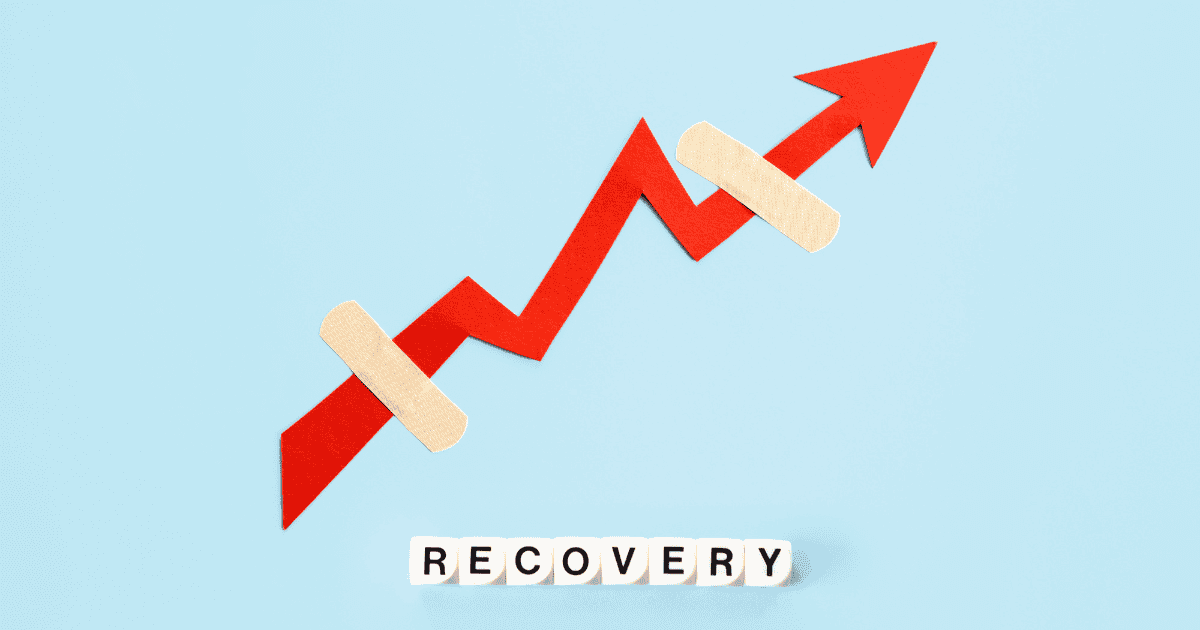 In the wake of disasters—whether they be natural like hurricanes and earthquakes, or human-made such as cyber attacks or other catastrophes—small businesses often face monumental challenges to stay afloat. The U.S. Small Business Administration (SBA) offers critical support through its disaster loan programs, which are specifically designed to aid in the recovery and rebuilding efforts of impacted businesses. This article explores the intricacies of these loans, outlining eligibility criteria, the application process, and how they can be utilized effectively.
In the wake of disasters—whether they be natural like hurricanes and earthquakes, or human-made such as cyber attacks or other catastrophes—small businesses often face monumental challenges to stay afloat. The U.S. Small Business Administration (SBA) offers critical support through its disaster loan programs, which are specifically designed to aid in the recovery and rebuilding efforts of impacted businesses. This article explores the intricacies of these loans, outlining eligibility criteria, the application process, and how they can be utilized effectively.
Understanding SBA Disaster Loans
SBA disaster loans provide vital financial assistance to businesses, non-profits, homeowners, and renters located in regions declared as disaster areas by the federal government. These loans are intended to cover costs that insurance and other recoveries do not, ensuring that businesses can return to normal operations as quickly as possible.
Types of SBA Disaster Loans
- Business Physical Disaster Loans: Repair or replace damaged property owned by the business, including real estate, inventories, supplies, and equipment.
- Economic Injury Disaster Loans (EIDL): Provide working capital to help businesses meet their financial obligations that they could have met had the disaster not occurred.
- Home and Personal Property Loans: Assist business owners in repairing or replacing damaged items in their primary residences or personal property.
Eligibility for SBA Disaster Loans
To qualify for an SBA disaster loan, applicants must meet several criteria:
- Location: The business must be located in a declared disaster area.
- Credit History: Applicants must have a credit history acceptable to the SBA.
- Repayment: Applicants must show the ability to repay all loans.
- Collateral: Loans over $25,000 require collateral, though the SBA will not decline a loan for lack of collateral but will require whatever collateral is available which can include real estate.
The Application Process
Navigating the application process for an SBA disaster loan involves several key steps:
- Loan Application (Form 5): Businesses need to submit this form either online, in person at a disaster center, or by mail.
- Tax Information Authorization (IRS Form 4506-T): Permits the IRS to provide the SBA with your tax return information.
- Schedule of Liabilities (SBA Form 2202): Lists all current liabilities and is necessary for the SBA to evaluate your financial situation.
- Additional Information: Depending on the loan type and scenario, additional information such as a personal financial statement, a business financial statement, profit and loss statements, and property damage estimates may be required.
Step-by-Step Guide to the Application
- Register with FEMA: To be eligible for an SBA disaster loan, one must first register with the Federal Emergency Management Agency (FEMA).
- Apply Online or In-Person: Utilize the SBA website or visit a local Disaster Recovery Center to submit an application.
- Consult with SBA Representatives: SBA experts are available at Disaster Recovery Centers to help guide applicants through the process.
- Loan Processing and Inspection: Once an application is submitted, an inspector may assess the property damage. The loan is then processed and reviewed.
- Loan Closing and Disbursement: If the loan is approved, the final loan documents need to be signed before funds are disbursed. Initial disbursement typically occurs within five days of closing.
Utilizing SBA Disaster Loans Effectively
To maximize the impact of an SBA disaster loan, businesses should:
- Immediate Repairs: Prioritize funds for immediate repairs to resume operations quickly.
- Working Capital: Use Economic Injury Disaster Loans to maintain adequate working capital during the recovery phase.
- Long-term Planning: Allocate funds to improve disaster preparedness, including fortifying structures and upgrading systems to withstand future disasters.
Final Thoughts
SBA disaster loans are a lifeline for businesses affected by disasters, providing them not just with the resources to rebuild but also the support to emerge stronger and more resilient. Understanding and navigating the loan application process effectively can make a significant difference in recovery time and overall business health.
By securing an SBA disaster loan, businesses gain the opportunity not only to repair and recover but also to implement preventive measures against future emergencies, thereby ensuring sustained growth and stability in the face of adversity. For further details on these loans and to explore additional services, businesses are encouraged to visit the official SBA website or consult with an SBA-approved lender.